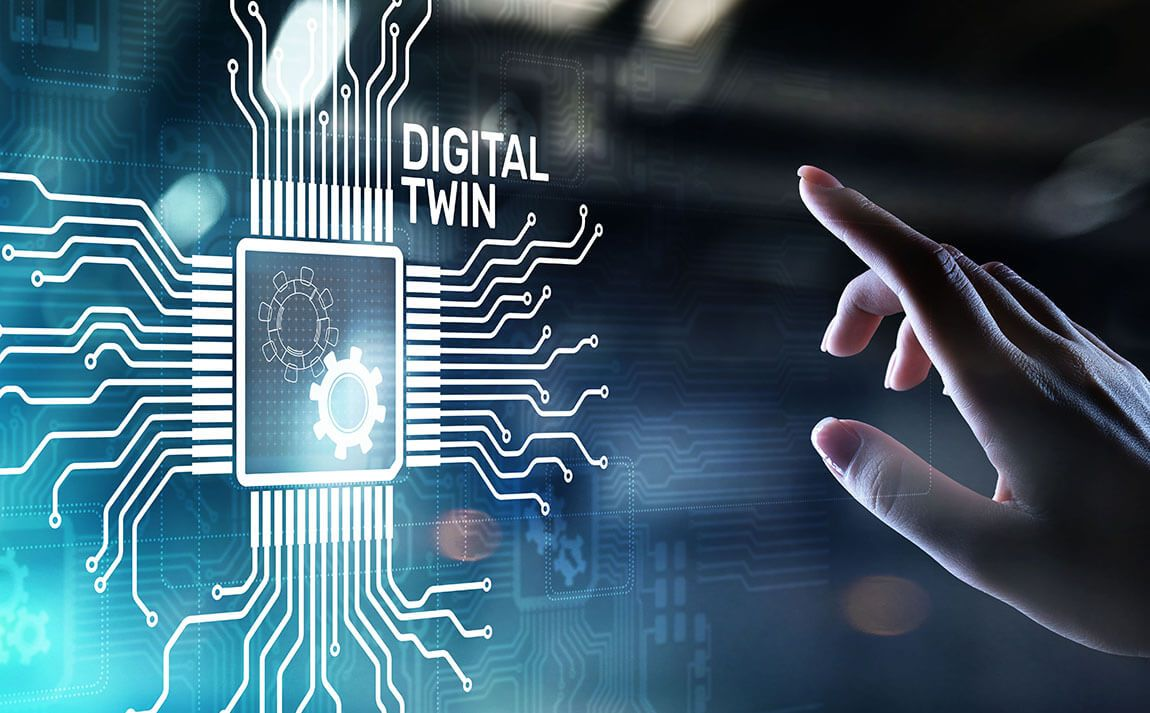A digital twin is a virtual replica of a physical asset, process, or system that uses real-time data and advanced analytics to simulate the behavior, performance, and lifecycle of the asset. The digital twin is a digital representation that helps monitor, predict, and optimize the performance of the physical asset or system.
It are widely used across various industries, including manufacturing, aerospace, automotive, and energy and utility companies. In this article, we will discuss what a digital twin is, how it works, and its benefits for energy and utility companies.
Table of Contents
What is a Digital Twin?
It is a virtual replica of a physical asset, process, or system that uses real-time data and advanced analytics to simulate the behavior, performance, and lifecycle of the asset. The digital twin is a digital representation that helps monitor, predict, and optimize the performance of the physical asset or system. Digital twins are widely used across various industries, including manufacturing, aerospace, automotive, and energy and utility companies. In this article, we will discuss what a digital twin is, how it works, and its benefits for energy and utility companies.
READ MORE: 9 Digital Transformation Skills Every Business Should Have
What is a Digital Twin?
It is a virtual representation of a physical asset or system. It is created using sensor data and other data sources to create a digital model that can be used to monitor, analyze, and optimize the performance of the physical asset.
It can be used to simulate the behavior and performance of the physical asset in real-time, and provide insights into the asset’s current and future state.
It is created using a combination of technologies, including the Internet of Things (IoT), artificial intelligence (AI), and advanced analytics.
These technologies enable the digital twin to capture real-time data from sensors and other sources, and use that data to create a virtual model that can be used to simulate the behavior and performance of the physical asset or system. The digital twin can also be used to predict and optimize the performance of the physical asset.
How Does a Digital Twin Work?
A digital twin works by capturing data from sensors and other sources and using that data to create a virtual model of the physical asset or system.
It uses this model to simulate the behavior and performance of the physical asset in real-time. The digital twin can also use historical data to predict the future performance of the physical asset.
It is connected to the physical asset through a network of sensors and other data sources. These sensors capture data about the physical asset, including its performance, temperature, pressure, and other parameters.
The data is then transmitted to the digital twin, which uses advanced analytics and machine learning algorithms to process and analyze the data.
It can be used to monitor the performance of the physical asset in real-time. It can also be used to identify potential problems or issues before they occur.
It can alert operators to potential issues, and provide recommendations on how to address those issues. The digital twin can also be used to optimize the performance of the physical asset, by adjusting its settings and parameters to achieve the desired performance.
READ MORE: Creative Digital Ad Formats That Your Competitors Are Sleeping On
Benefits of Digital Twins for Energy and Utility Companies
It offer many benefits for energy and utility companies. Here are some of the key benefits:
Improved Asset Performance
It can help energy and utility companies improve the performance of their assets. By monitoring the performance of physical assets in real-time, digital twins can identify potential problems or issues before they occur.
This allows companies to take corrective action before the asset fails or requires costly repairs. it can also be used to optimize the performance of assets, by adjusting their settings and parameters to achieve the desired performance.
Reduced Maintenance Costs
it can help energy and utility companies reduce maintenance costs. By identifying potential problems or issues before they occur, companies can take corrective action before the asset fails or requires costly repairs.
This can help companies avoid unplanned downtime, reduce repair costs, and extend the life of their assets.
Improved Energy Efficiency
it can help energy and utility companies improve energy efficiency. By monitoring the performance of physical assets in real-time, digital twins can identify opportunities to optimize the performance of those assets.
This can help companies reduce energy consumption and improve energy efficiency.
Improved Safety
it can help energy and utility companies improve safety. By monitoring the performance of physical assets in real-time, digital twins can identify potential safety.


